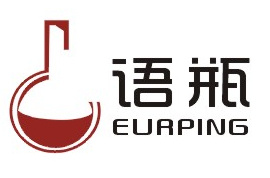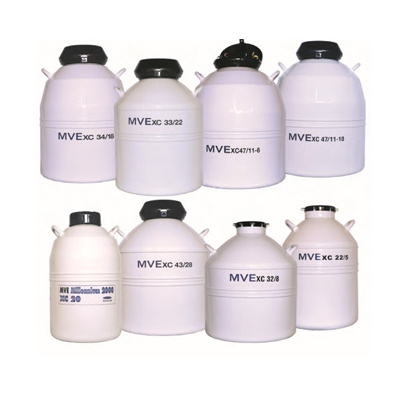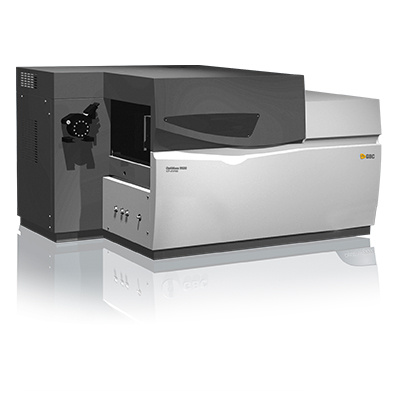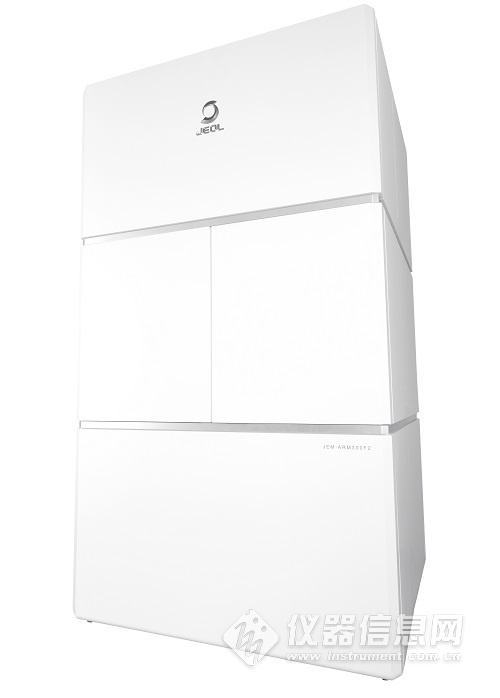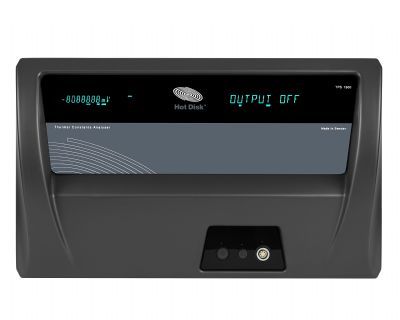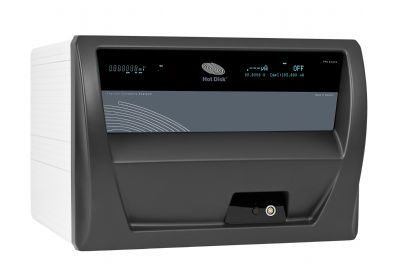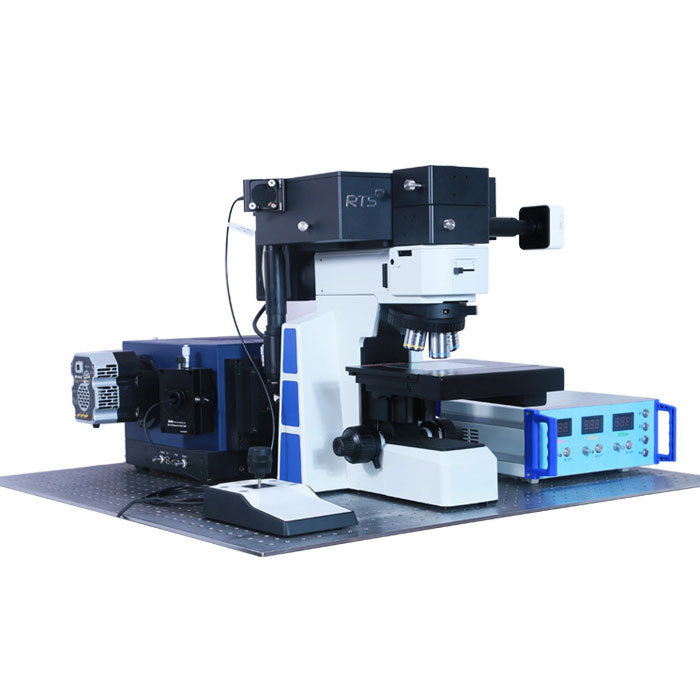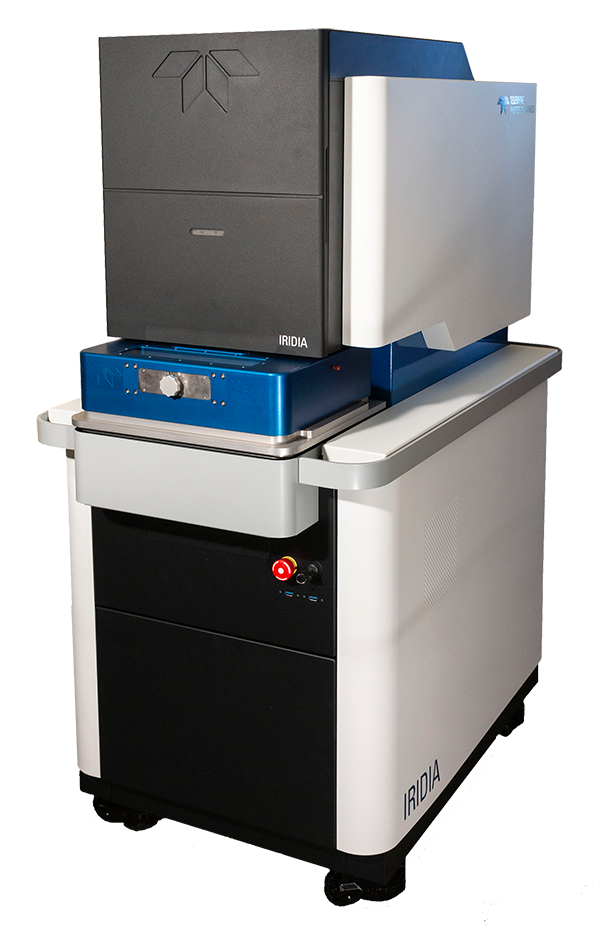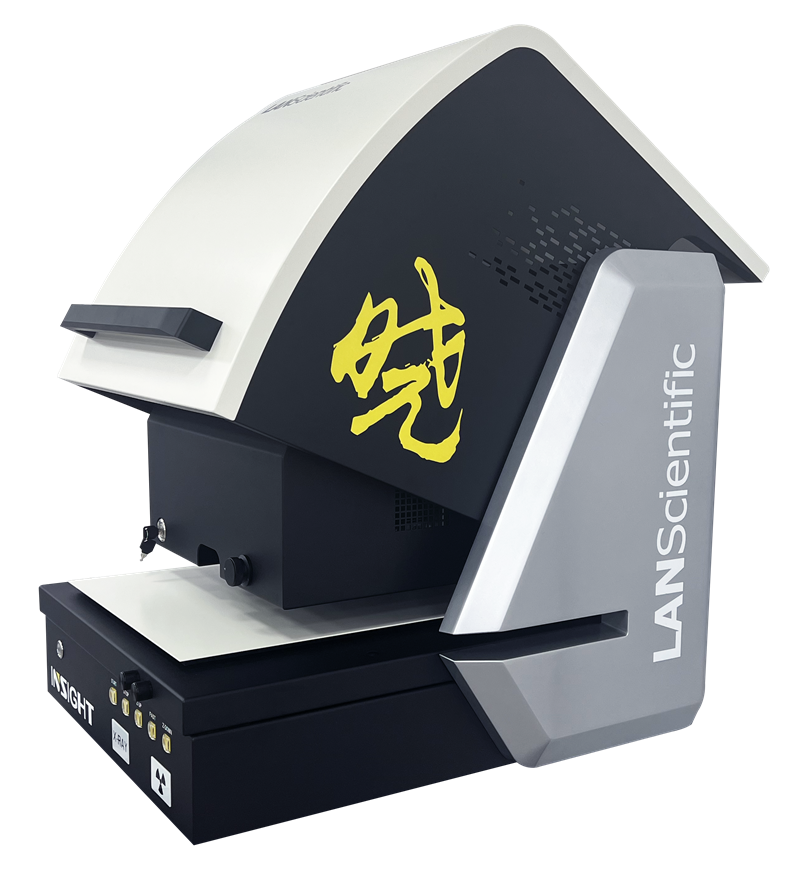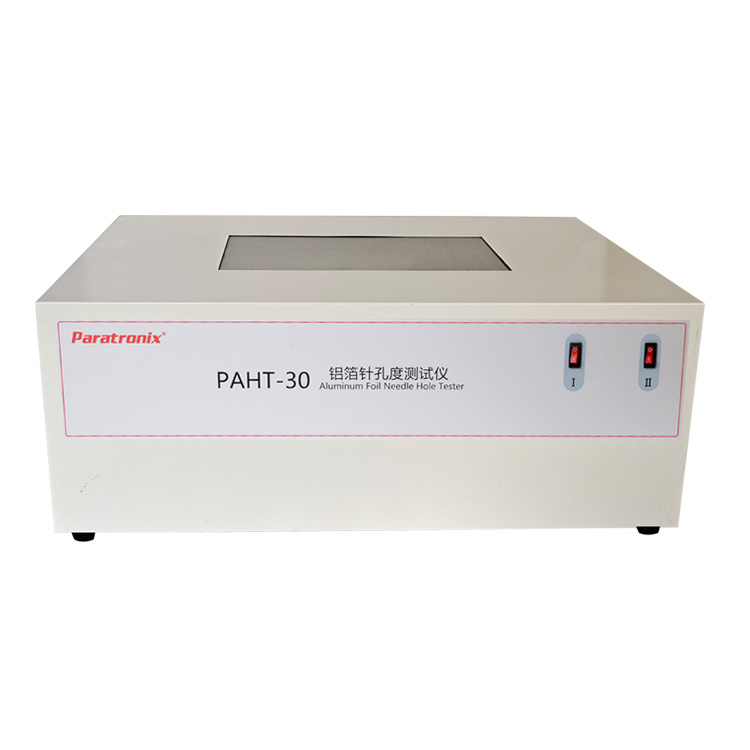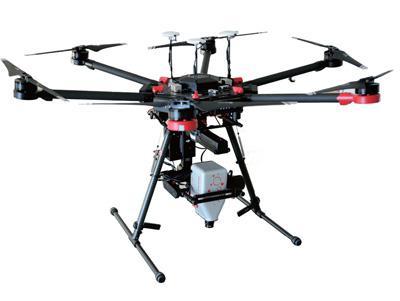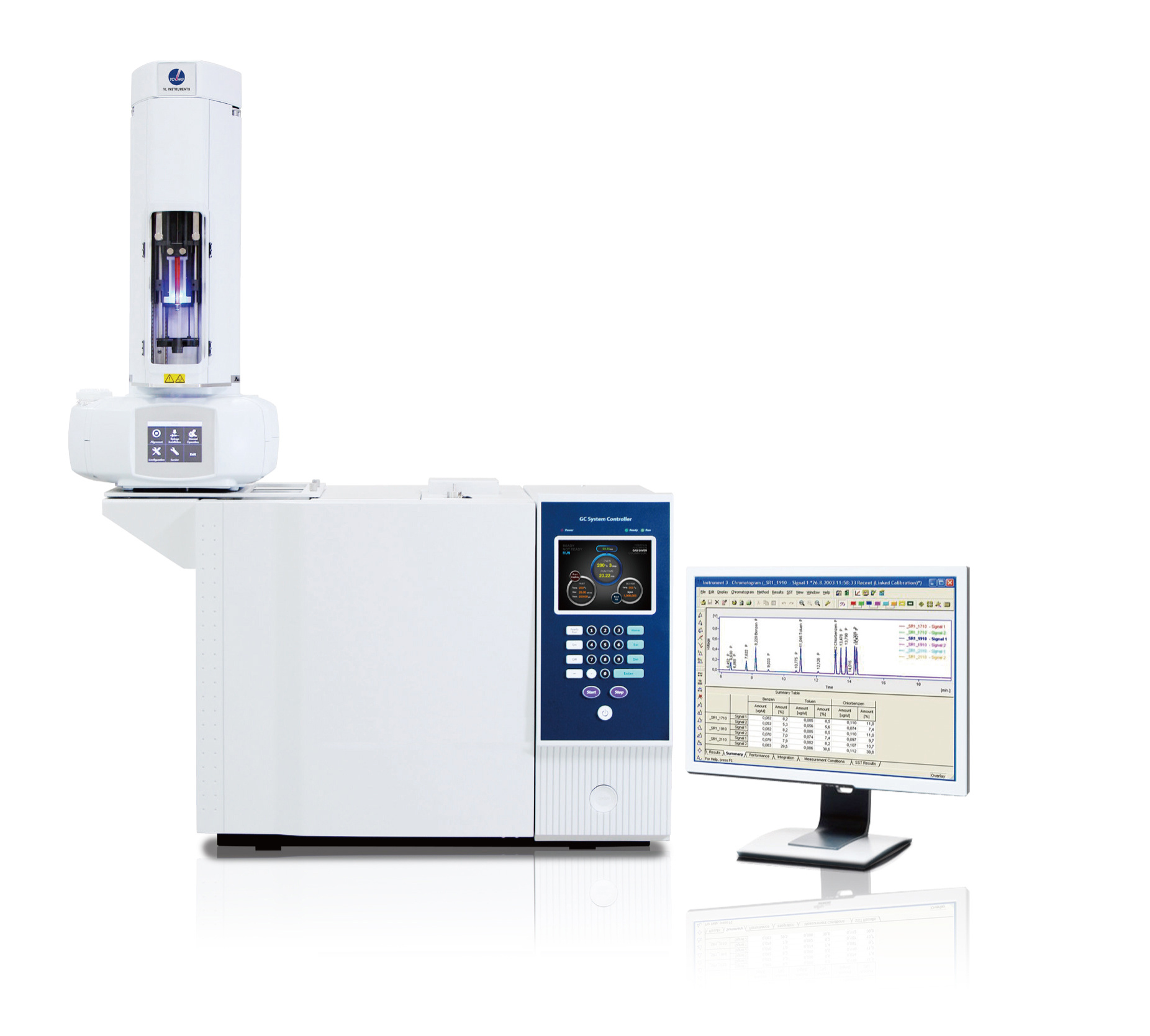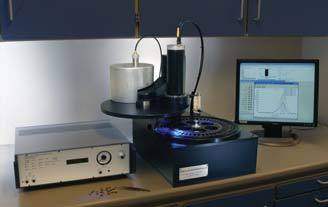TiC 的粘结生长和针状生长对TiC-Ni复合激光熔覆层抗裂性能的影响
金属基颗粒强化复合材料分为弥散强化和大颗粒强化两种。弥散强化金属基复合材料一般指陶瓷相颗粒完全弥散,颗粒直径在0.01~0.1μm,体积含量1~15%的复合材料;大颗粒强化(陶瓷增强)复合材料一般指陶瓷相颗粒直径大于1μm,体积含量超过10%的复合材料[1]。R.K.Galgali,H.S.Ray和A.K.Chakrabarti使用等离子反应器冶炼铸造的方法制成的TiC强化铁基材料,作为新一代发动机活塞用材料,其耐磨性十分优良。在研究TiC颗粒大小、含量与耐磨性的关系时,他们发现当TiC颗粒粒度在10μm~30μm时具有较好的耐磨性,过大的TiC颗粒磨损过程中极易脱落而过小的TiC颗粒对耐磨性的提高不明显。
检测样品:
其他
检测项:
北京欧波同光学技术有限公司
查看联系电话
前往展位
低加速电压成像中优异表现检测方案
低加速电压成像在扫描电镜成像中有着重要的作用。采用低加速电压成像,低能电子束受到散射的扩散区域小,相互作用区接近表面,有利于表面精细形貌成像。对于某些热敏或导电性能差的样品,如半导体和器件、合成纤维、溅射或氧化薄膜、纸张、动植物组织、高分子材料等,有时不允许进行导电处理,而要求直接观察,采用低加速电压成像可以减小或消除此类样品的荷电效应同时减小电子束辐照损伤。下图为氧化锌样品在5KV 和15KV 下的图像对比,由图像可知,在5KV 低加速电压下,样品表面细节特征清晰,有利于表面精细形貌的观察。
检测样品:
其他
检测项:
优异表现
天美仪拓实验室设备(上海)有限公司
查看联系电话
前往展位
毛细管电泳-电感耦合等离子体质谱法测定藻类中6种不同形态的砷化合物
建立了一种利用毛细管电泳与电感耦合等离子体质谱联用技术(CE- ICP- MS)分析检测6 种不同形态砷化合物的方法 详细研究了缓冲溶液的种类 pH 值和浓度,分离电压以及进样时间等因素对 6 种砷化合物的分离度灵敏度和重现性等的影响。结果表明,在最佳条件下,三价砷(As3+)、一甲基砷(MMA)、二甲基砷(DMA)、五价砷(As5+)、砷胆碱(AsC)和砷甜菜碱(AsB)6种化合物在25 min内得到完全分离。6次平行测定中,6种砷化合物峰面积的相对标准偏差(RSD)为3%~ 5%,检出限(以As计)(3倍信噪比)为0.08~0. 12 g /L应用该方法成功地对海带中6种砷化合物进行了分析,回收率为90%~103% 该方法具有耗时短、灵敏度高、样品消耗量少、稳定性好等优点,可用于藻类样品中不同形态砷化合物的分析。
检测样品:
其他
检测项:
其他
睿科集团股份有限公司
查看联系电话
前往展位
电子束敏感材料MOF/COF/zeolite中表征检测方案(透射电镜)
沸石、金属有机骨架(MOF)、共价有机骨架(COF)和有机-无机杂化钙钛矿材料,最近因其复杂的结构和赋予新功能的通用性而受到广泛关注。然而,这些精细结构在电子束(e-beam)辐射下容易损坏,这给它们的表征带来了很大的困难。
针对此类样品,上海科技大学(通讯单位)与日本电子株式会社联合报告了一种方法,使用常规ADF/ABF就可以在极低电子剂量下对电子束敏感晶体进行成像。该文以Improving Data Quality in Traditional Low-dose Scanning Transmission Electron Microscopy Imaging为题发表在学术期刊?Particle & Particle Systems Characterization上。日本电子应用工程师王灵灵与上海科技大学蒋亦岚老师为共同第一作者,周毅老师与张青老师为共同通讯作者。
检测样品:
其他
检测项:
其他
日本电子株式会社(JEOL)
查看联系电话
前往展位
采用激光干涉法测试量块的热膨胀系数
本文介绍了一种在室温附近测试各种量块和其它相似形状材料的高精度热膨胀系数测试仪器的研究开发。量块热膨胀所引起的长度变形通过一个差分平面镜干涉仪进行测量,采用特殊的干涉相位检测技术来补偿极化混合带来的非线性误差,再结合电子相位计可以实现纳米量级的精度。由于是在真空中进行量块热膨胀测量,从而无需进行空气折射率补偿。对于导热系数较高的被测试样,缓慢的辐射热交换使得试样上的温度梯度很小并具有很好的热平衡稳定性。在所获得典型的10~30℃温度之间热膨胀测试曲线,其线性和二次方热膨胀系数都等于在20℃参考温度时的热膨胀系数。本文对此激光干涉法热膨胀仪的测量不确定进行了详细分析,而且此测量不确定度也通过国际比对得到了验证。
检测样品:
其他
检测项:
上海依阳实业有限公司
查看联系电话
前往展位
无人机中高光谱技术检测方案(高光谱仪)
随着无人机技术的日益成熟,基于无人机平台的新型遥感技术异军突起,得到遥感工作人员的青睐,科研工作者更对其在行业上的应用前景予以众望。目前无人机搭载成像光谱仪在农业上可用于诊断作物长势、病虫害情况以及土壤肥力等;在环境保护方面可用于检测海洋、湖泊的化工原料污染、富营养化等;在林业领域可用于检测林火、林业病害、林木存活率、林木种类区分等;在矿产资源领域上可用于石油、矿物矿产等领域的勘测;在考古领域可用于古村落的修复、文物遗址的勘查等;在通信部门可用于电缆绝缘子的勘察等。
检测样品:
其他
检测项:
高光谱技术
北京卓立汉光仪器有限公司
查看联系电话
前往展位
调制MDSC中技术原理检测方案(差示扫描量热)
Modulated DSC (MDSC) can be easily understood by comparing it to its well-established precursor, differential
scanning calorimetry (DSC). Conventional DSC is an analytical technique in which the difference in heat flow between
a sample and an inert reference is measured as a function of time and temperature as both the sample and reference are
subjected to a controlled environment of time, temperature, atmosphere and pressure. The schematic of a typical “heat
flux” DSC cell is shown in Figure 1. In this design, a metallic disk (made of constantan alloy) is the primary means of
heat transfer to and from the sample and reference. The sample, contained in a metal pan, and the reference (an empty
pan) sit on raised platforms formed in the constantan disk. As heat is transferred through the disk, the differential heat
flow to the sample and reference is measured by area thermocouples formed by the junction of the constantan disk and
chromel wafers which cover the underside of the platforms. Chromel and alumel wires attached to the chromel wafers
form thermocouples which directly measure sample temperature. Purge gas is admitted to the sample chamber through
an orifice in the heating block wall midway between the raised platforms. The gas is preheated by circulation through
the block before entering the sample chamber. The result is a uniform, stable thermal environment which assures
excellent baseline flatness and exceptional sensitivity (signal-to-noise). In conventional DSC, the temperature regime
seen by the sample and reference is linear heating or cooling at rates from as fast as 200°C/minute to rates as slow as
0°C/minute (isothermal).
检测样品:
其他
检测项:
技术原理
TA仪器
查看联系电话
前往展位
仪器信息网行业应用栏目为您提供2272篇其他检测方案,可分别用于,参考标准主要有等

